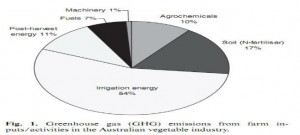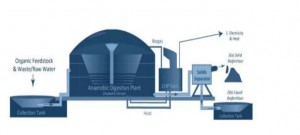While the greenhouse emissions from agriculture (12.9% of Victoria’s total emissions) are increasingly well understood, emissions generated throughout the supply chain are considerably less so. Post-farmgate activities include packaging, processing, transport, storage, retail etc. These supply chains are complex and variable.The horticulture industry in Australia is valued at $3.5 billion and in Victoria is worth [...]
Read MoreUnderstanding Victoria’s Fruit and Vegetable Freight Movements


